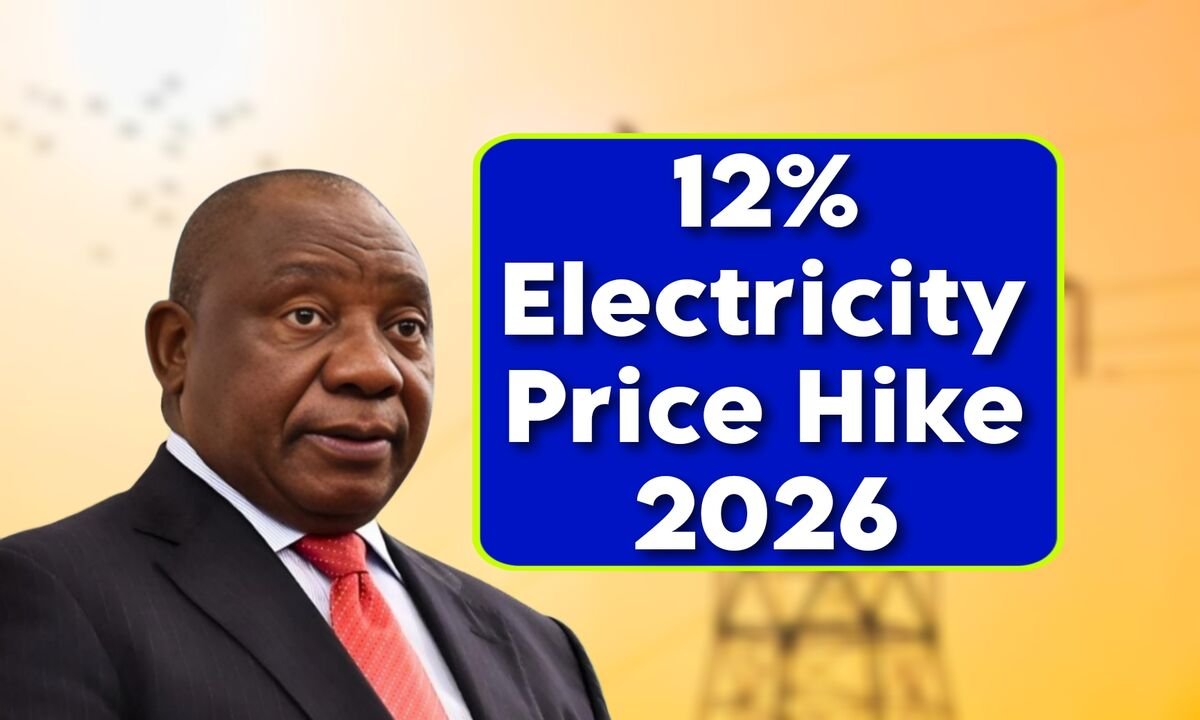Electricity Tariff Increase South Africa : South African households and businesses face a 12 per cent electricity price increase come 2026, one more factor to squeeze already tight budgets. The tariff increase comes to follow years of rising tariff rates, many families fearing how they can keep their bills under control every month.
The increase has come to be, but this does not mean that you have to accept bills spiraling with no action taken on your part. There are practical, proven ways to cut electricity costs, and the good news is that even very little can make quite a huge difference.
Why The Increase Matters
Electricity is one of the largest expenses most South African households will incur monthly. From cooking or heating to charging devices and running appliances, energy comes into almost every aspect of daily life. With a 12-percent hike, the extra charged on any household spending R2,000 per month on electricity will be an additional R240, making monthly budgets even tighter.
The increase comes when the costs of food, transport, and accommodation are on the rise; hence households will have to put measures in place to save.
5 Proven Ways To Cut Your Electricity Costs
- Energy Conservation Through Glancing at White Goods – Aged refrigerators, geysers and stoves expend far more watts compared to newer energy-rated appliances. Getting one major appliance replaced with an energysaver can cut the consumption by up to 30%.
- Caring for a Geyser – The biggest energy eaters in the average South African house are the geysers. A geyser timer can cut your energy usage significantly if you are not using a solar geyser. Another way to conserve energy is simply by dropping the temperature setting. This can save you hundreds of rands per annum.
- Pull the Plug, Switch Off – Most appliances drain energy while being switched off or left on standby. This phantom energy consumption is caused by everything from chargers, TVs on standby to microwaves sitting idle, yet plugged in. Switching them off can make quite a big difference.
- Use Appliance During Off-Peak Hours – When possible, try to use high-energy appliances such as washing machines and dishwashers during off-peak hours to reduce demand during times of peak supply and perhaps pay less if you are time-of-use tariffed.
- Solar Power and Backup Power: Usually the upfront costs set people back. The buyers realize that installation of solar panels or hybrid systems will almost totally eliminate their dependence on Eskom. Government rebates and long-term savings pave the way for households to go solar.
Also Read: SASSA Payment Alert: Postbank Exit Causes Delays For 2 Million – How To Secure Your Grant
